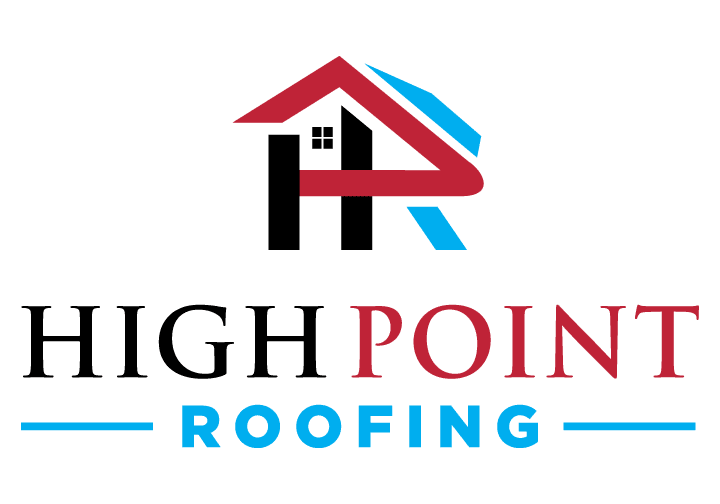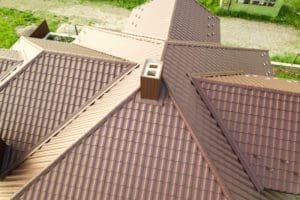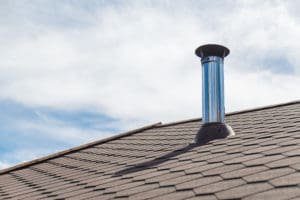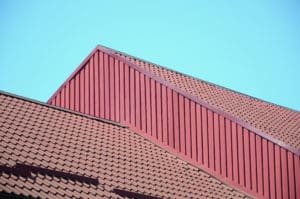Summer weather can take a toll on your home’s siding, causing damage and deterioration over time. Understanding the impact of heat, sunlight, summer storms, and humidity is crucial to protecting and maintaining the integrity of your siding. By taking appropriate preventive measures and choosing the right siding material for your climate, you can ensure that your home’s exterior remains in optimal condition. Let’s explore each of these factors in detail.
Understanding the Impact of Heat on Siding Materials
Heat is a major contributor to siding damage during the summer months. The science behind this phenomenon lies in the expansion and contraction of different siding materials in response to temperature changes.
When exposed to high temperatures, materials such as vinyl, aluminum, and fiber cement expand. This expansion can lead to warping, buckling, and distortion, compromising the structural integrity of your siding. On the other hand, excessive heat can cause wood siding to dry out and become brittle, leading to cracking and splitting.
It’s important to choose siding materials that have good heat resistance properties. Materials like insulated vinyl and fiber cement can offer better protection against heat-related damage due to their lower thermal conductivity.
The Science Behind Heat Damage
Let’s delve deeper into the science behind heat damage on siding. When the temperature rises, the molecules within the siding materials gain energy and start to move more vigorously. This increased molecular motion causes the materials to expand. The expansion is not uniform across all materials, as each siding material has its own unique properties.
For instance, vinyl siding, which is widely used for its affordability and low maintenance, is susceptible to heat-related issues. While vinyl does expand when exposed to high temperatures, the rate of expansion can vary depending on the quality of the vinyl and the presence of additives. Opting for higher-grade vinyl siding with additives like titanium dioxide can provide better resistance to fading and warping.
On the other hand, aluminum siding, known for its durability and weather resistance, can handle high temperatures relatively well and is less prone to warping. However, it’s worth noting that aluminum can become hot to the touch, which may affect energy efficiency if not properly insulated.
Fiber cement siding, made from a combination of cement, sand, and cellulose fibers, is renowned for its ability to withstand extreme weather conditions, including heat. This material offers excellent heat resistance and dimensional stability. The cement component provides strength and durability, while the cellulose fibers help to reinforce the siding, making it less susceptible to expansion and contraction caused by temperature fluctuations.
Different Siding Materials and Their Heat Resistance
When selecting siding materials, it’s crucial to consider their heat resistance ratings. This will ensure that your siding can withstand the summer heat without compromising its integrity. In addition to the aforementioned vinyl, aluminum, and fiber cement, there are other options available that offer varying degrees of heat resistance.
Wood siding, for example, has natural insulating properties that can help regulate temperature changes. However, it requires regular maintenance and treatment to protect it from the damaging effects of heat and moisture.
Another option is engineered wood siding, which is made from wood fibers and resins. This type of siding combines the natural beauty of wood with enhanced durability and resistance to heat and moisture.
Ultimately, understanding the impact of heat on siding materials is crucial for making an informed decision when it comes to choosing the right siding for your home. By selecting materials with good heat resistance properties, you can ensure that your siding remains intact and visually appealing for years to come.
The Role of Sunlight in Siding Deterioration

While heat poses a challenge to siding durability, sunlight plays a significant role in its deterioration as well. Ultraviolet (UV) rays from the sun can cause oxidative damage to siding materials over time.
Understanding the intricate relationship between sunlight and siding deterioration is crucial for homeowners looking to maintain the aesthetics and structural integrity of their properties. Sunlight, specifically in the form of UV rays, can penetrate the surface of siding materials, initiating a cascade of chemical reactions that ultimately compromise the material’s strength and appearance.
UV Rays and Their Effect on Siding
UV rays can break down chemical bonds within the siding material, leading to color fading, chalking, and a loss of structural integrity. This can result in a dull and weathered appearance, reducing your home’s curb appeal.
The impact of UV rays on siding goes beyond mere aesthetics; it can also affect the material’s ability to withstand environmental stressors such as wind, rain, and temperature fluctuations. As UV exposure increases, the molecular structure of the siding material weakens, making it more susceptible to cracks, warping, and other forms of physical damage.
Sunlight-Induced Color Fading
Siding materials with lighter colors are more susceptible to fading due to the higher reflectivity of sunlight. In contrast, darker-colored siding tends to absorb more heat, which may accelerate deterioration if proper heat-resistant additives are not present.
Homeowners can mitigate the effects of sunlight on siding by investing in UV-protective coatings or choosing materials specifically designed to withstand prolonged sun exposure. Additionally, regular maintenance, such as cleaning and inspecting the siding for signs of damage, can help prolong its lifespan and preserve the beauty of your home’s exterior.
Summer Storms and Your Siding
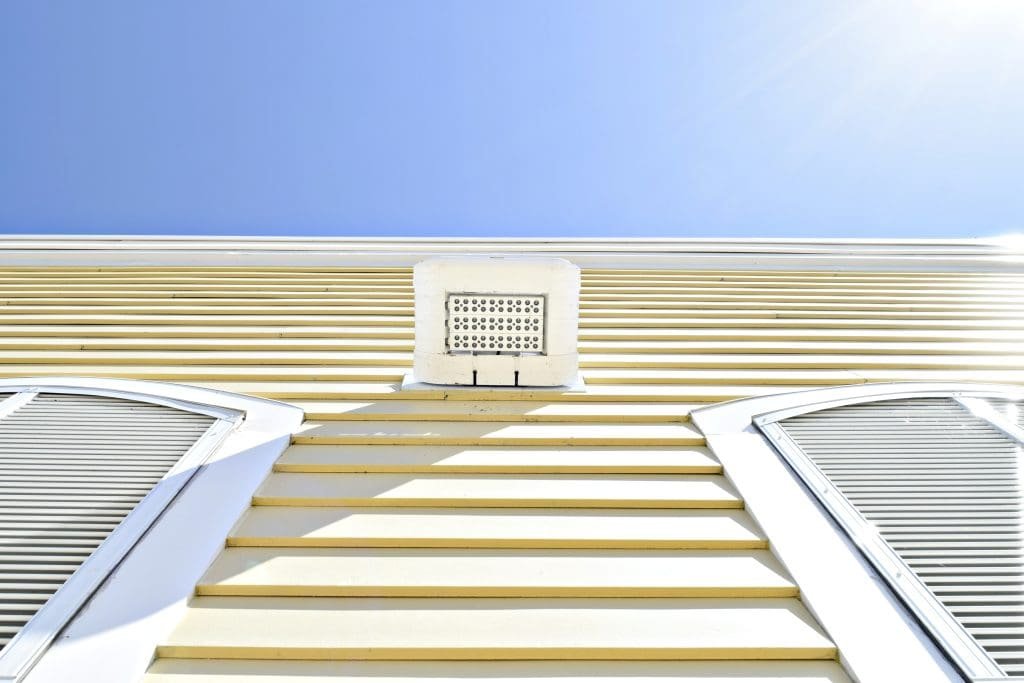
Summer storms can be unpredictable, and the impact they have on your siding can range from mild to severe. Wind and hail are primary factors that can cause significant damage to your home’s exterior.
Aside from wind and hail, heavy rainfall during summer storms can also affect your siding. Excessive water exposure can lead to mold and mildew growth, especially if your siding is not properly sealed or maintained. This can not only compromise the integrity of your siding but also pose health risks to you and your family.
Wind Damage and Siding
Strong winds can lift or tear siding panels away from your home, leaving it vulnerable to water infiltration, pest infestation, and further damage. It’s crucial to ensure that your siding is securely fastened with nails or screws to prevent wind-related issues.
In addition to securing your siding, inspecting it regularly for any signs of wear and tear can help you identify potential weak points that may be susceptible to wind damage. Prompt repairs and maintenance can go a long way in protecting your home from the impact of summer storms.
Hail Impact on Siding
Hail, another common occurrence during summer storms, can cause dents, cracks, or punctures in the siding material. This not only compromises its aesthetic appeal but also leaves it vulnerable to moisture penetration and potential structural issues.
When faced with hail damage, it’s essential to assess the extent of the impact on your siding. Small dents may seem harmless at first glance but can lead to more significant issues over time if left unaddressed. Seeking professional assistance to repair hail damage can help maintain the durability and appearance of your siding in the long run.
Humidity and Its Effects on Siding

In addition to heat, sunlight, and summer storms, high humidity levels can also impact your home’s siding. Excessive moisture absorption and the growth of mold and mildew are common concerns associated with humid climates.
Humidity levels can vary greatly depending on the region you live in. Coastal areas tend to have higher humidity levels due to their proximity to bodies of water, while inland regions may experience drier air. Understanding the humidity patterns in your area can help you better protect your siding from potential damage.
Moisture Absorption in Different Siding Materials
Wood siding is particularly susceptible to moisture absorption, which can lead to swelling, rotting, and decay. Proper sealing, staining, or painting can help minimize excessive water absorption.
On the other hand, fiber cement siding is known for its durability and resistance to moisture. Made from a mixture of cement, sand, and cellulose fibers, this type of siding is less likely to warp or rot in humid conditions, making it a popular choice for homeowners in regions with high humidity levels.
Vinyl and aluminum siding are also good options for humid climates, as they are not prone to swelling or rotting like wood siding. These materials are designed to withstand moisture exposure, providing a low-maintenance siding solution for areas with high humidity.
Mold and Mildew Growth on Siding
Humid climates provide favorable conditions for mold and mildew growth on siding surfaces. Aside from the unsightly appearance, these organisms can cause wood decay, health issues, and additional damage to the siding material. Regular cleaning and applying mold-resistant treatments can help prevent their growth.
In addition to cleaning, proper ventilation around your home can also help reduce humidity levels and inhibit mold and mildew growth. Installing vents in your attic, using exhaust fans in bathrooms and kitchens, and ensuring proper air circulation around your home can all contribute to maintaining a healthy humidity level and preserving the integrity of your siding.
Preventing and Mitigating Summer Siding Damage

While summer weather can pose challenges to your home’s siding, there are several preventive measures you can take to mitigate damage and extend its lifespan.
One important aspect of maintaining your siding is to schedule regular inspections. By doing so, you can identify and address any signs of damage or wear before they escalate into more significant issues. Additionally, regular inspections allow you to catch any potential problems early on, saving you both time and money in the long run.
When it comes to cleaning your siding, it’s crucial to use the right approach. While mild soap and water are generally sufficient, it’s important to avoid using abrasive cleaners or harsh chemicals that can damage the siding surface or finish. By using gentle cleaning methods, you can effectively remove dirt and grime without compromising the integrity of your siding.
Another preventive measure you can take is to trim back trees or vegetation near your home. This simple step can minimize the risk of branches rubbing against or falling onto your siding during storms. By preventing such physical damage, you can maintain the overall appearance and functionality of your siding.
Proper ventilation and insulation in your home are also essential for siding maintenance. By ensuring adequate airflow and insulation, you can regulate heat and humidity levels, reducing the strain on your siding. This, in turn, helps to prevent warping, cracking, or other forms of damage caused by extreme temperature fluctuations.
Choosing the Right Siding Material for Your Climate
Selecting a siding material that is suitable for your specific climate is vital to ensure its longevity and performance. While consulting with professionals can provide valuable insights, there are several factors you can consider on your own.
Firstly, think about the temperature variations in your area. If you live in a region with extreme heat or cold, it’s important to choose a siding material that can withstand these conditions without deteriorating or losing its aesthetic appeal.
Sun exposure is another crucial factor to consider. If your home receives direct sunlight for prolonged periods, selecting a siding material with UV protection can help prevent fading and discoloration over time.
Lastly, precipitation levels should also influence your siding material choice. If you live in an area with heavy rainfall or high humidity, selecting a material that is resistant to moisture damage is essential. This can help prevent issues such as mold, rot, or warping.
In conclusion, understanding the impact of summer weather on your home’s siding is essential for its durability and longevity. By considering factors such as heat resistance, sunlight exposure, storm protection, and moisture management, you can take proactive measures to prevent and mitigate damage. Regular maintenance, including inspections and proper cleaning techniques, along with selecting the appropriate siding material for your climate, will help keep your home’s exterior looking beautiful and well-protected for years to come.
